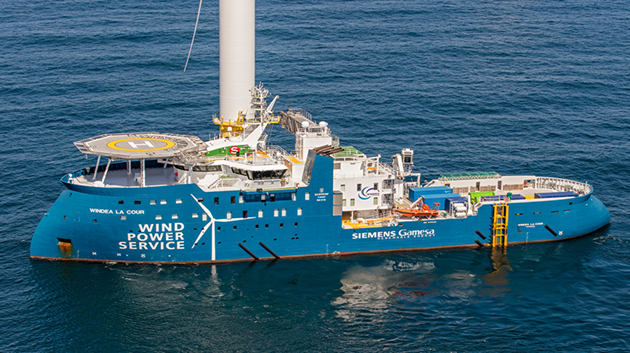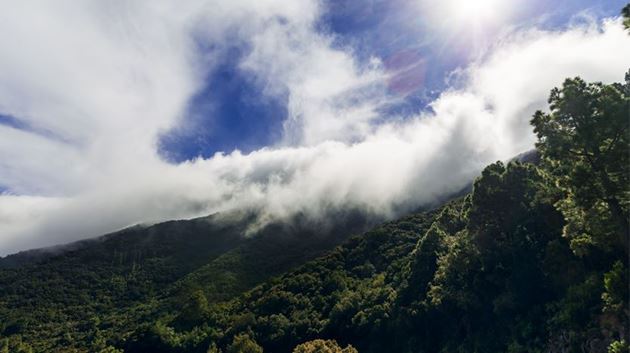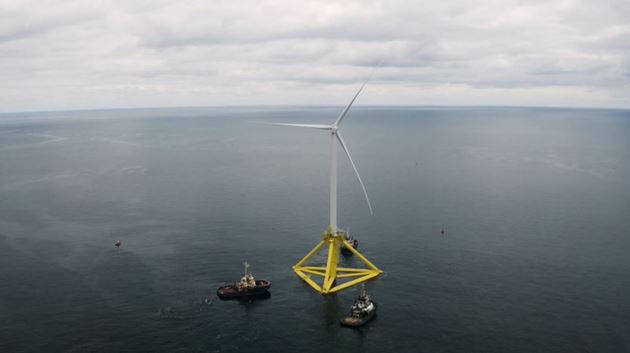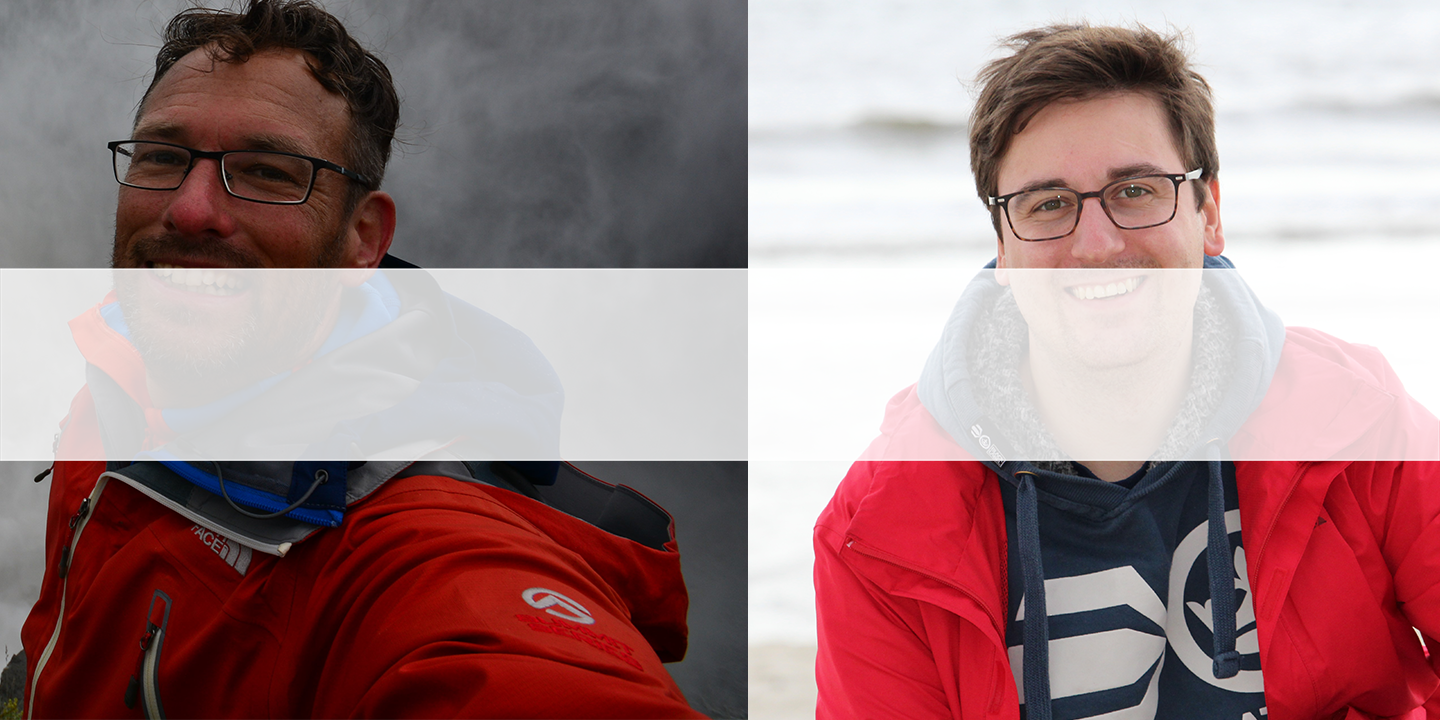
Soil assessment: the necessary foundation of wind projects
Hamburg / 23 July 2021
We all know about the technical complexity of the wind power sector, but have you ever wondered about the many steps involved in the production and construction of wind farms. In turbine construction, it all starts with the foundation. In offshore, that foundation must be anchored in the middle of the ocean. To know the soil conditions of the different areas of the global oceans, Siemens Gamesa counts on Dr. Axel Nernheim and Pascal Voges, geoengineering experts who collaborate with different departments to optimize all the structure’s components.
On one hand, we have Axel, a doctor in geotechnical engineering who has spent more than 15 years designing foundations for offshore wind. Axel joined Siemens Gamesa in 2016 and was the first member of the Foundation team outside The Hague (Netherlands). The Foundation and Towers teams merged, resulting in what is now known as the Structural Design Team. In his free time, Axel enjoys spending time outdoors. When the Hamburg weather allows it camping, kayaking, cycling, and stand-up paddling are his favorite activities. Then, we have Pascal, a naval architecture and maritime engineer who started his career at Siemens Gamesa as a working student in 2017. After two years, he accepted a full-time job as an Offshore Primary Structures and Geotechnical Engineer in the Structural Design Team with Axel. He also studies archeology, which explains his passion of visiting archeological sites. He enjoys playing team sports like football, mountain biking, and canoeing.
Geotechnical Engineering is a branch of civil engineering dealing with the behavior of earth materials. Axel and Pascal carry out extensive geotechnical studies that are crucial for the stability of the turbine’s structure, especially in the case of offshore monopile structures.
Currently, in many major offshore markets, the monopile is by far the dominating foundation solution. With increasing turbine sizes and water depths, monopiles could reach total lengths in excess of 100 meters with weights of around 2.000 tones.
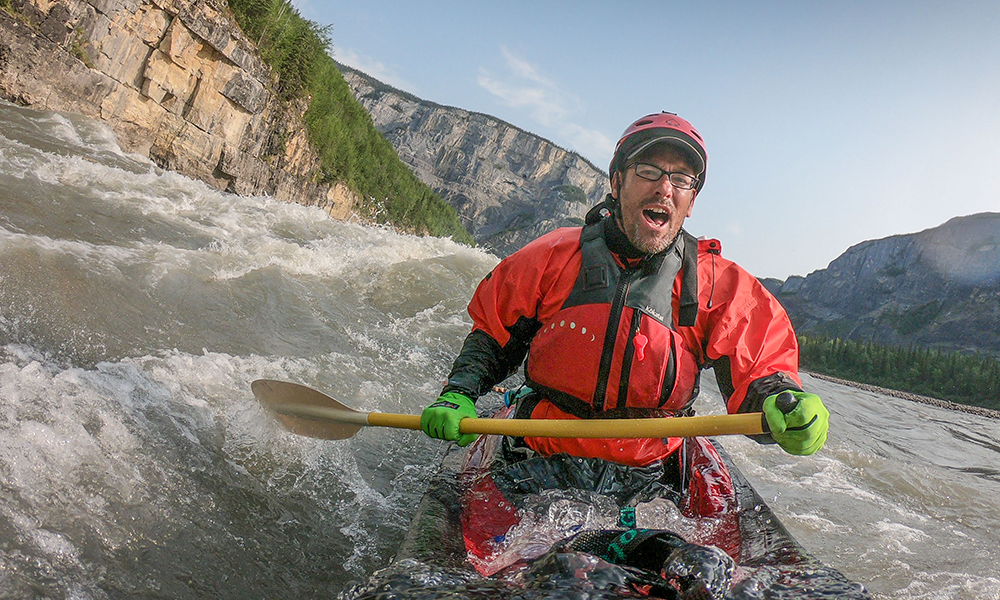
Currently, the most-used foundations for onshore turbines are gravity-based ones that can be supported by smaller piles. This means that the soil-structure interaction is not as critical as in offshore. “In the past, we have conducted feasibility studies together with our onshore colleagues to test the application of the monopile concept at onshore sites. However, this concept is difficult to establish onshore, e.g. due to transport restrictions being a problem for the large monopiles”, underlines Axel.
Additionally, the loading of the structure varies: “For onshore, the main load is induced by the winds driving our energy production and offshore, these winds cause ‘side effect’ waves that contribute significantly to the loading on an offshore turbine. Alongside a longer lever arm from the additional water-depth and the larger turbines, our offshore foundations face a lot more loading than they would onshore. That is why we also see different foundation types,” explains Pascal.
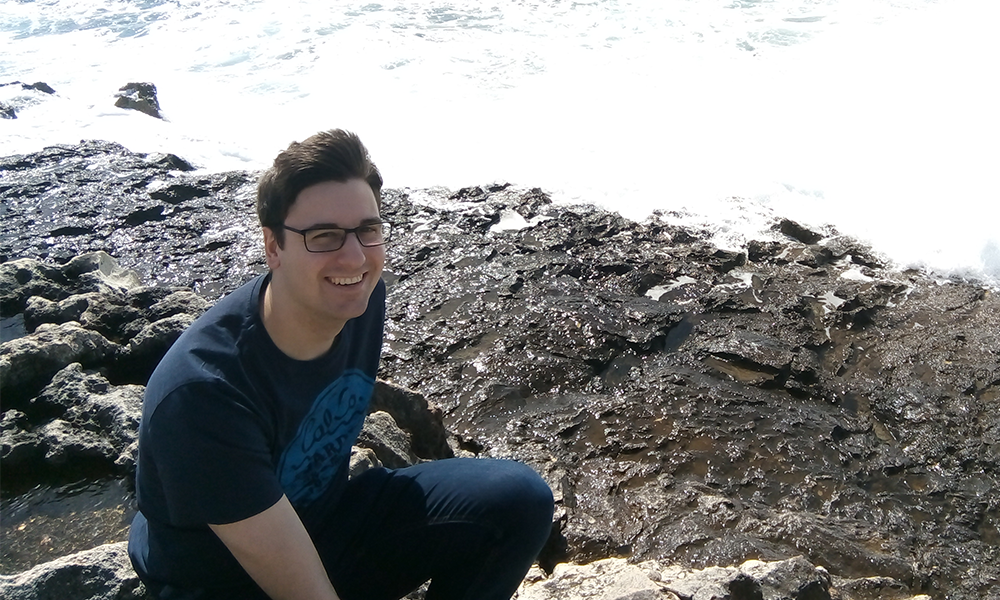
“We are now able to design soil profiles and soil springs (where you assume that a certain proportion of soil acts like a spring on the pile if it is pushed to the side) for a large number of positions in a semi-automated way, enabling us to get an overview of the structure response at a wind farm site, select design positions and create clusters of structure with comparable response as input for business cases in early project stages.
Furthermore, an optimized soil-structure response assessment is possible on a location-specific basis using advanced 3D numerical modelling,” explains Axel. Additionally, because they do not take the soil test themselves, the tools adapt to the different formats of raw data they can get from each project. “The scope of our soil work is mostly determined by the wishes of our customers as it is up to them to decide how much they want to know from us – and what information they are willing to give us” says Pascal.
Wind turbine foundations are essential to the makeup of our products, and contribute greatly to the dynamics of our wind farms. In the incredibly important fight for a greener planet, we must ensure that turbine foundations are effective, cost-efficient and reliable to ensure greater energy production and innovation. The spectacular work of both Dr Axel and Pascal helps us to understand the environment of our farms and, in turn, propel innovation and produce superior foundations. Their work allows us to operate to the best of our ability, keeping lights on all over the world.

